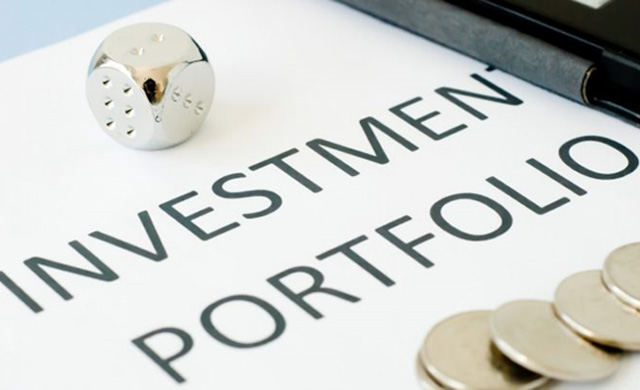You’ve got a fantastic business idea brewing, and you’re ready to take the plunge into entrepreneurship. There’s only one small problem: you don’t have enough cash.

This is a common problem; funding is one of the biggest barriers aspiring entrepreneurs deal with. But don’t worry! You don’t need hundreds of thousands saved up to stand a chance as an entrepreneur. In this guide, we’ll go over practical advice to help you find the seed money you need to kickstart your venture. Ready to turn your dream of starting a business into reality? Let’s get started!
Step #1: Determine how much seed money you need
First off, it’s essential to nail down how much seed money you’ll need to launch your business. It’ll be easier to nail down the best funding venues once you know exactly how much you’ll need. Who knows — maybe you need way less money than you expected!
Start your research by taking a close look at the various costs involved, such as initial expenses, ongoing operational costs, and a bit of extra cash for those unpredictable bumps in the road. It’s also a good idea to learn about small businesses and entrepreneurship in general — you can check out this site for info on those topics.
It is also a good idea to tap into the wealth of knowledge and experience that other entrepreneurs can offer. Reach out to fellow business owners and read case studies from similar ventures. These real-life examples can give you insight into the amount of seed money you’ll need, as well as practical tips on how to stretch your funds and make smart financial decisions. You can learn from other people’s journeys and the mistakes they made.
This research should give you a ballpark measure of how much cash you need to get started. And what your ongoing expenses are going to be.
Step #2: Explore potential funding sources
Once you’ve figured out how much seed money you need, it’s time to explore your funding options. There are several avenues to consider, such as loans, grants, and investments from angel investors or venture capitalists. Each option comes with its own set of pros and cons, so it’s important to weigh them carefully and choose the one that best suits your business needs.
One of the advantages of seeking outside investment is that it’ll force you to prove to other people that your business idea can turn a profit. Potential investors will often have specific questions about your target market, business plan, expected ongoing costs, and more. Knowing the answers to those questions can not only improve your chances of securing investment, but it will also help strengthen your business plan.
Step #3: Saving and expanding your income
Outside investment isn’t the only way to get funds. Another way to fund your business is by cutting back on expenses and saving money. Take a good look at your personal finances and identify areas where you can cut back. On top of that, consider generating additional income through freelancing or starting a side hustle. This extra cash can help you build up the seed money you need without relying solely on outside funding.
The main advantage of using your own cash as seed money is the freedom it gives you. Investors and stakeholders will often have all types of standards and conditions attached to their finances — they’ll make demands in order to ensure that their investment is being put to good use. Using your own money means you don’t have to worry about any of that, and you won’t have to worry about paying back investors once you start making a profit.

 Hot Features
Hot Features













